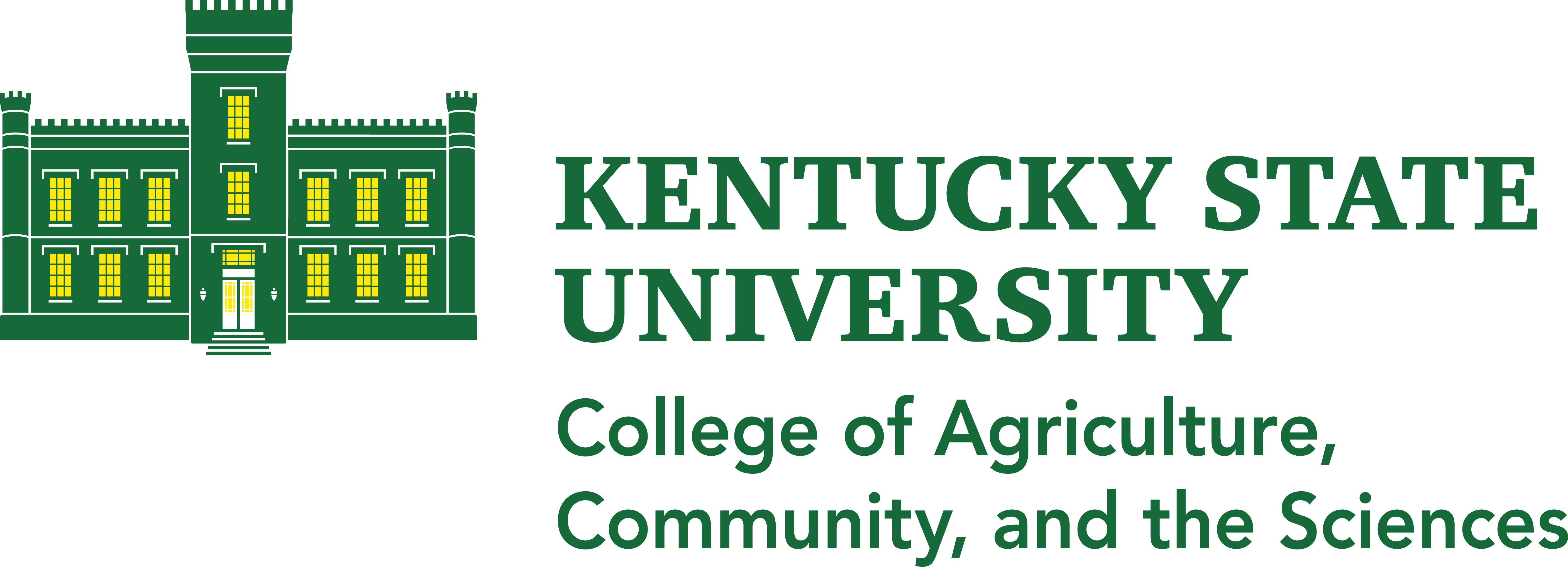Family and Consumer Science February 2024 Newsletter
February 2024 Edition
Family & Consumer SciencesView Newsletter
Share this Newsletter
Additional Newsletters
Preview This Newsletter
Start the new year with these four easy steps for a clean fridge
When it comes to food safety, one of the most important items in your kitchen is the refrigerator. Unfortunately, it is the least likely for you to clean. Refrigerators keep food cold to prevent harmful bacteria from growing. It only makes sense that you should clean it regularly to keep food safe.
Follow these simple steps:
- Removing all food items and placing them in a cooler with ice or gel packs to keep them cold while you’re cleaning. During the removal phase, throw out anything that is visibly spoiled, leaking, or has an unpleasant odor. This is also a suitable time to check dates on dairy products and condiments and replace them if necessary.
- Wash with hot, soapy water after removing any drawers or shelves. Allow anything glass or ceramic to come up to room temperature before washing to avoid breakage. Clean all inside surfaces, including the doors and rubber gaskets, with hot, soapy water. Wipe with clean water to rinse off soap and dry with a clean towel. If you need to sanitize your refrigerator, wipe it down with a diluted bleach solution made from one tablespoon unscented bleach in 1 gallon of water.
- Place clean shelves and drawers back in the refrigerator along with any food items you removed. Wipe all containers and bottles with a warm cloth to remove any stickiness or residue before returning to the clean fridge. Put a thermometer inside the refrigerator to make sure the temperature is at or below 40 degrees F to prevent bacteria from growing.
- Cleaning up spills as soon as they occur and keeping track of leftovers. The United States Department of Agriculture recommends storing leftovers for no more than three to four days. It is also good practice to wipe down door handles and control dispensers with a disinfecting wipe daily to remove bacteria left by hands.
Source: Annhall Norris, Extension Specialist, Food Preservation and Food Safety
Calendar of Events
Upcoming Classes:
Pinterest 101
Kitchen Towels Sewing Series
Pizza & More
Safe Food Handling Training
Cooking Through the Calendar
Super Bowl Charcuterie Boards
Stop the Bleed Training
Chemo Turbans
Chop Suey
Low Impact Fitness
Crafternoon
Decluttering & Organizing
Lunch & Learn
Book of the Month
Demon Copperhead
By Barbara Kingsolver (2022)
A retelling of Charles Dickens’ bildungsroman (class of novel that depicts and explores the manner in which the main character develops morally and psychologically) David Copperfield, but with a twist. This story transports readers to the mountains of southern Appalachia where a young man faces foster care, child labor, derelict schools, athletic success, addiction, disastrous loves and crushing losses.
Set in the Appalachian Mountains, Demon Copperhead is a story of a young boy born to a teenaged single mother that lived in a single-wide trailer, with no assets beyond his dead father’s good-looks and copper-colored hair, a caustic wit, and a fierce talent for survival.
Through it all, he deals with his own invisibility of a culture where rural people abandoned because of today’s culture.
One of the best books I’ve read about the struggle of an underprivileged child.
Jackie Thomas, Mailbox member and Taylor County Homemakers’ President
This book is found in the fiction category of the KEHA Booklist and is available at the TC Library.
Reminders:
Cultural Arts Competition
Souper Bowl
Soup Luncheon
Blankets of Love
Puzzles
Homemaker Leader Lesson
March Blood Drive
Health Bulletin Insert

